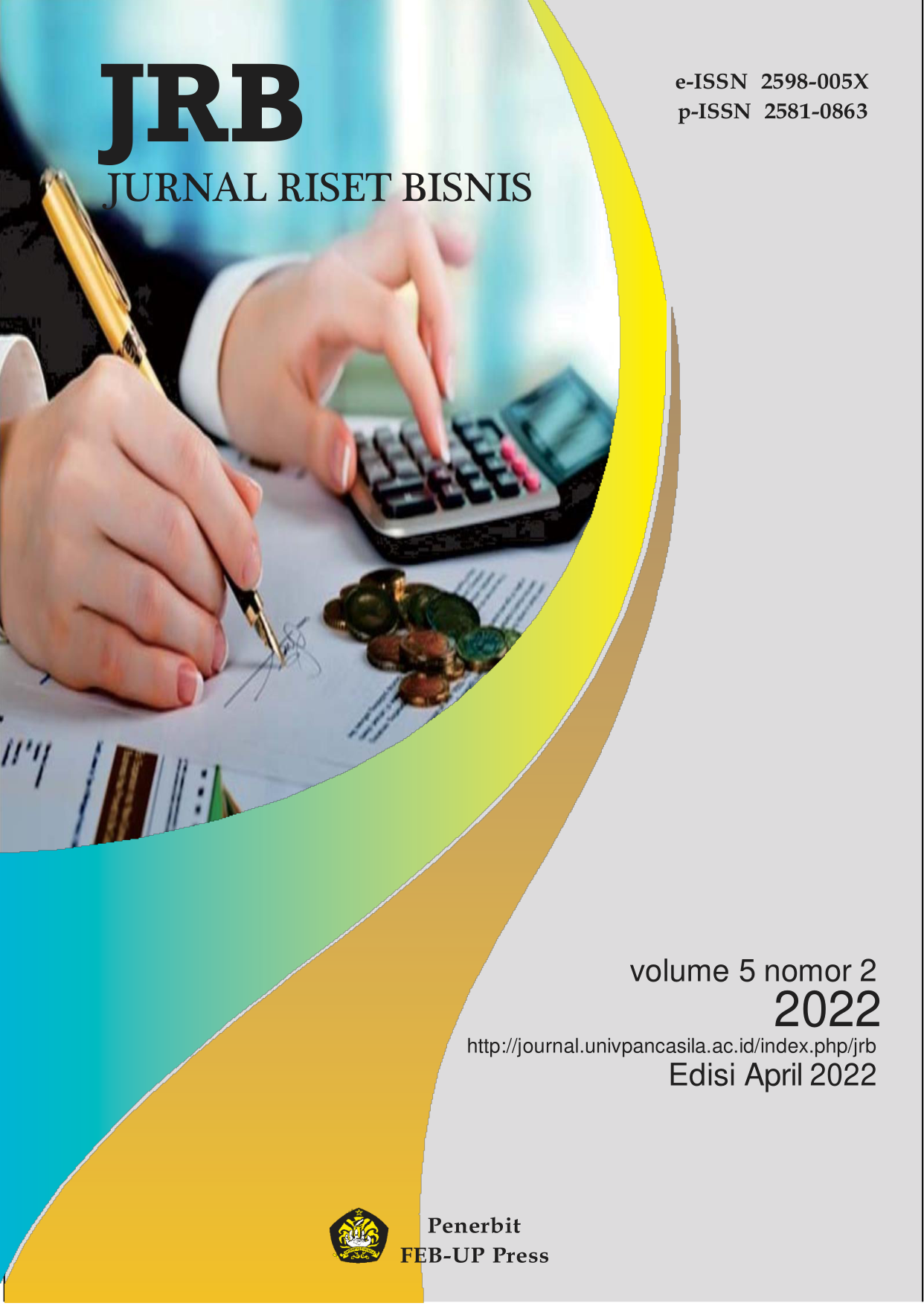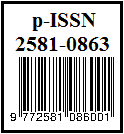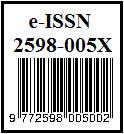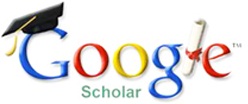A Finance Division Operational Risk Management System Design
DOI:
https://doi.org/10.35814/jrb.v5i2.2334Keywords:
Risk, Operational Risk, Risk Management, ISO 31000:2018Abstract
NFI is a national private company in Indonesian FMCG industry, headquartered in Jakarta which in 2021 carries the topic of simplification and digitalization of finance division's operations as the main topic. The process of simplification and digitization will make financial operational faster, but there are also many bad possibilities that can arise if NFI has not improved its risk management system because the current risk determination is still not good where it is only limited to writing down problems that have been resolved. Therefore, this qualitative research aims to create an Operational Risk Management System Design for the NFI Finance Division using the ISO 31000: 2018 guidelines which have 3 main elements, namely risk management principles, risk management pendekatan and risk management process. The risk management process consists of communication, determining the context, identifying risks, analyzing risks, evaluating risks, and planning for risk management. The data sources used are primary and secondary data with collection techniques in the form of interviews, observations, document studies, and group discussion forums and then analyzed using a combination of qualitative and quantitative approaches. Based on assessment that has been carried out, 30 operational risks were identified, 7 risks are high risk, 12 medium risk, 8 low risk, and 3 risks are very low risk. Therefore, it is necessary to have a risk management system that will help NFI in developing risk management plans.


.gif)













